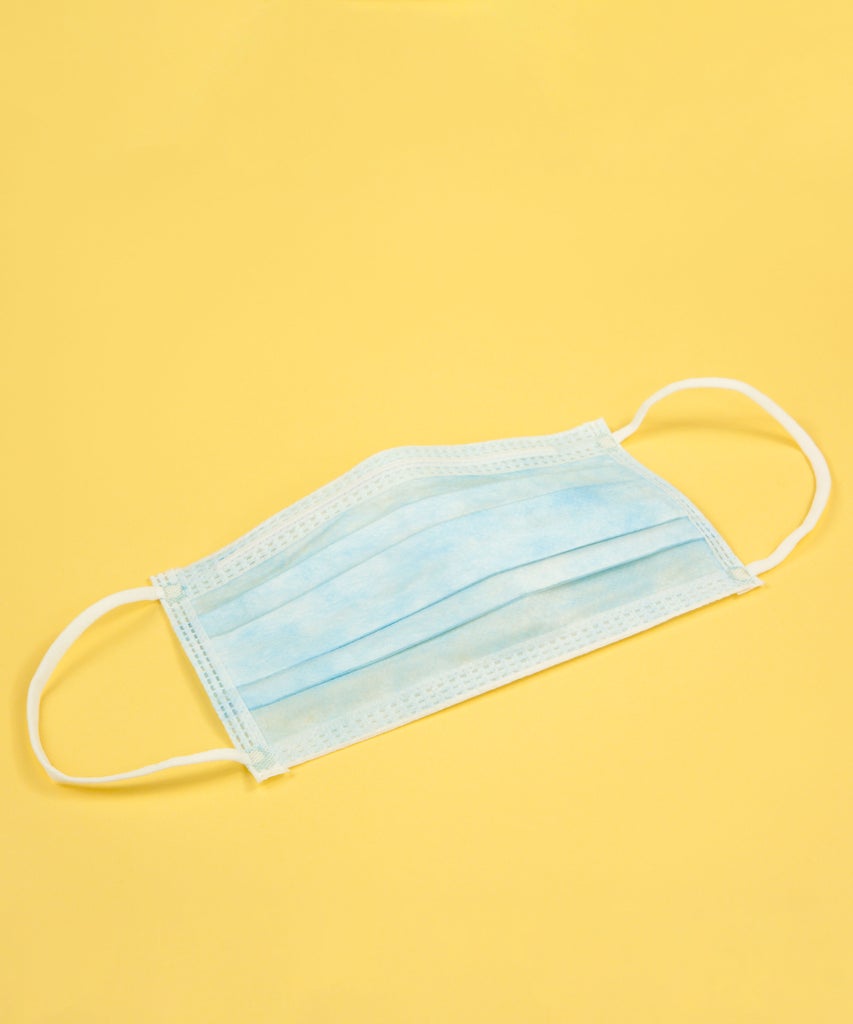
A recent outbreak of the deadly coronavirus in China is causing wide-spread paranoia as new cases are popping up all over the world. Right now, a confirmed 7,000+ people are currently diagnosed with the virus, and a cruise ship in Italy is even on lock down for fear that passengers may have contracted coronavirus. As a result of all this chaos, people are even panicking enough to stream Contagion for answers, and even more people have began taking precautions in hopes of preventing contracting this. Between coronavirus and the current “super flu” season in the U.S., there’s been a surge of mask-wearers. Which prompts the question: are those face masks really doing anything to help?
There’s still not reliable or confirmed information on how contagious the virus really is or whether it’s possible to spread from person-to-person before symptoms start developing, which is why Americans have started wearing the masks in the first place. New reports show that the masks are sold out in many shops and pharmacies across the New York area, and there’s even been a surge in interest in fashion-forward, “designer” respirator masks like these from Vogmask. But, these masks aren’t necessarily preventing the contraction of viruses.
Most masks are paper-based, surgical masks designed to prevent visible sprays or splashes of fluids – they don’t include a respirator to actually filter out infectious air particles. On the other hand, the N95 mask (the most common respirator and available to the public at medical supply shops) can filter at least 95% of airborne particles – but can it stop the spread of the coronavirus?
A 2014 study conducted after the SARS outbreak showed inconclusive results on the effectiveness of wearing a mask or protective heavy-duty respirator. “Inconsistent results were found in the systematic review evaluating studies on respiratory protection,” states the 2014 report.
The reason for the limiting conclusions was due to “poor methodological quality” and also the variables between infection prevention and control measures between countries (China and Canada, for example). There were also “no studies identified for this report that compared different types of respirators, limiting the conclusions to the specific N95 respirators examined in the included studies.” The other drawback is the N95 must be worn tightly over the nose and mouth to create a seal over the face so that air can’t leak in – which can be uncomfortable for many.
According to NPR, wearing a mask outdoors in public isn’t necessary if you’re in the U.S. or another country with a low-risk of catching the coronavirus. But wearing a surgical mask is a good idea if you already have a respiratory illness, so as not to infect others. Wearing a mask in public also comes with an alarmist factor – it can manufacture a sense of public panic, which can then lead to mask shortages for those who really need them (healthcare professionals, for instance).
As far as the coronavirus goes, the Centers for Disease Control and Prevention (CDC) is “closely monitoring” the outbreak of respiratory illness caused by the new virus (formally called 2019-nCoV) which was first identified in Wuhan, Hubei Province, China. There are currently 165 patients in the U.S. under investigation for the virus, and 20 other international locations with confirmed cases.
While it’s unclear whether the masks actually work, there’s a reason why they’re used in hospitals. At the very least, any mask will help reduce the amount of times you touch you face – and that alone can potentially make a big difference – at least until scientists can better understand the impact and prevention of this new infection. But for now, it’s perhaps just as important to practice good hygiene, wash your hands properly and frequently, while limiting contact to the face, nose, and eyes.
Like what you see? How about some more R29 goodness, right here?
What Is Coronavirus & Why Is It Spreading?
This Flu Season May Be The Worst One Yet
Why Is Everyone Watching Contagion Right Now?






